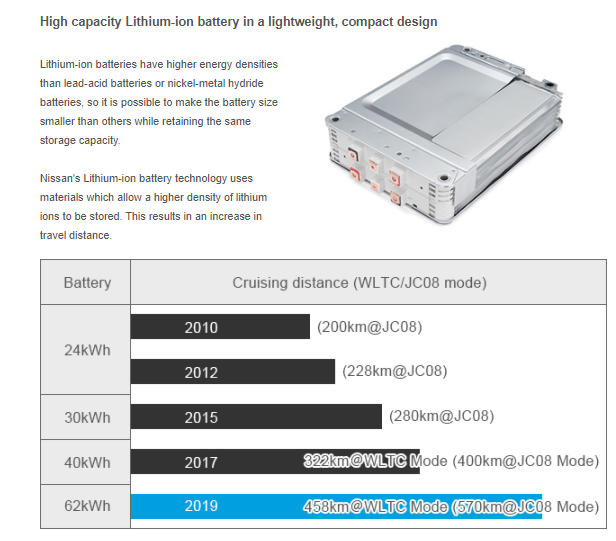What You Need To Know About Battery In EV
Battery is used to supply power to your car. Battery have two type of terminal which is positive(anode) and negative(cathode). Generally, battery is combination single cell or multiple cell that used to generate or store energy.
There are two type of battery which is primary and secondary. Primary is single used while secondary is rechargeable battery. A common primary battery is dry battery. Phone, smartwatch, others portable electronic devices and automobiles mostly used secondary battery.
Battery used in EV
There have four kinds of battery using in EV car.
- Lithium-ion
- Nickel-metal hydride
- Lead-acid
- Ultracapacitors
Lithium-ion batteries
Lithium-ion battery used in most electrical vehicle. It also using in our tablet, phone and other electronic devices. In 1991, Sony Corporation has produced and commercialized it first lithium-ion battery. Then, other company including Apples nowadays using it.
Takes from Apples when it said ..
" Compared with traditional battery technology, lithium-ion batteries charge faster, last longer and have a higher power density for more battery life in a lighter package. When you know a little about how they work, they can work that much better for you "
Lithium is the lightest compare to others metals. It has the great electrochemical potential and have high energy efficiency. Example of the car manufacturing used lithium-ion is Nissan.
Nickel-metal hydride
Nickel-metal hydride mostly used in hybrid-car. This is excluded from categorized under Electrical Vehicle because it did not rely from external power to recharge but use fuel. Compare to Lithium-ion battery, Nickel-metal hydride battery more expensive and self-discharge rate higher than Lithium-ion battery. The advantages of this battery is it can store more energy longer than others.
In Conclusion
Even lithium-ion battery currently widely used in automotive neither portable electronic devices. Current demand and technology always push car manufacturer to improve their system.
Quoting from a news cnbc.com on 30th June 2020,
1. As Tesla plans next-generation electric vehicle batteries, focus is turning to lithium iron, not the lithium ion that has been the fundamental chemical engineering science powering EVs to date.
- 2. Elon Musk’s car company and GM, among other auto companies, want much longer-range and more durable battery cells.
- 3. New battery technology is possible, allowing cars to go 400 miles or more between charges and lasting as long as 1 million miles. That could spur EV sales the same way the first 100,000-mile warranties on gas cars once did.
- 4. Eliminating the rare, expensive and controversial element cobalt from batteries is among the biggest aims."


Comments
Post a Comment